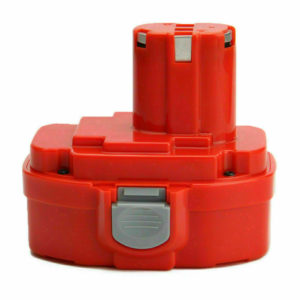For many years ago cordless power tools were powered by either Nickel Cadmium (NiCD) batteries were used. After that Nickel Metal Hydride batteries(NiMH) came along and started to replace the older NiCD batteries.
Those two types allowed recharging and also allowed manufacturers to produce and manufacture a range of cordless power tools.
 There were however one main problem with these as even when charged, but not being used they would discharge. That meant, when you next cam to use your power tool, the electric tool battery had discharged and was flat. You would then have to recharge these, and that could take hours.
There were however one main problem with these as even when charged, but not being used they would discharge. That meant, when you next cam to use your power tool, the electric tool battery had discharged and was flat. You would then have to recharge these, and that could take hours.
Along came Lithium-Ion batteries (Li-Ion) and these have revolutionised the power tool market. The technology used is so much better, and although they also discharge when not in use, they do this very slowly and a charged battery will hold its charge for weeks.
Makita Drill Battery Ampere Hours Explained
Whereas voltage measures the potential energy of a battery, it is the Ah rating that measures the capacity of the cordless tools battery.
As a general rule, the larger this number, the longer your battery will last for on each charge.
For example a 5.0Ah battery will last much longer than a 3.0Ah Makita 1420 cordless power tool battery, but not 2 times as long as there is always a decline. Where you can afford to, you should always buy the biggest Ah rating that you can afford.
Read more –

2 thoughts on “Makita Power Tool Battery Ampere Hours Explained”